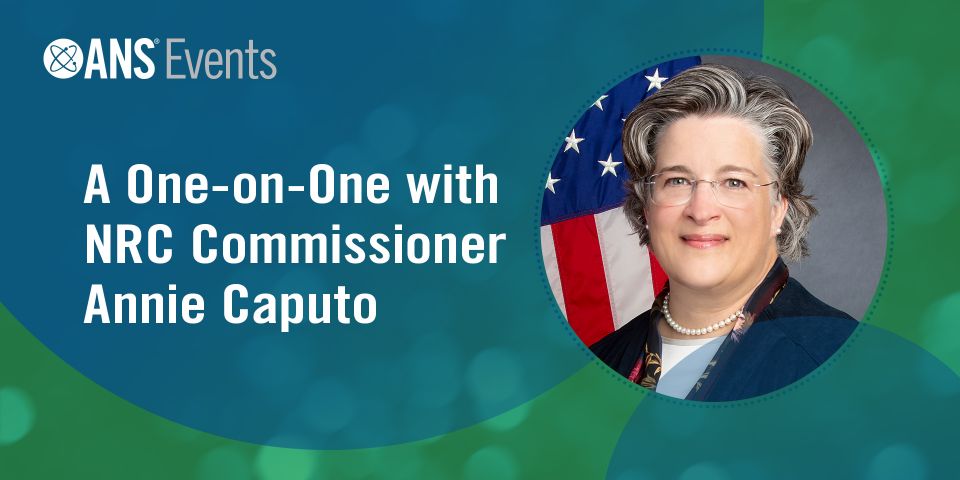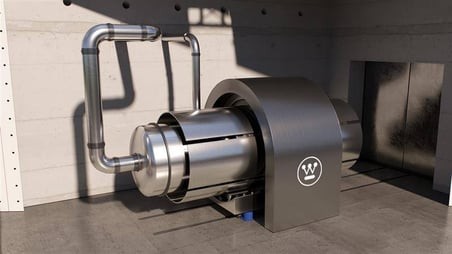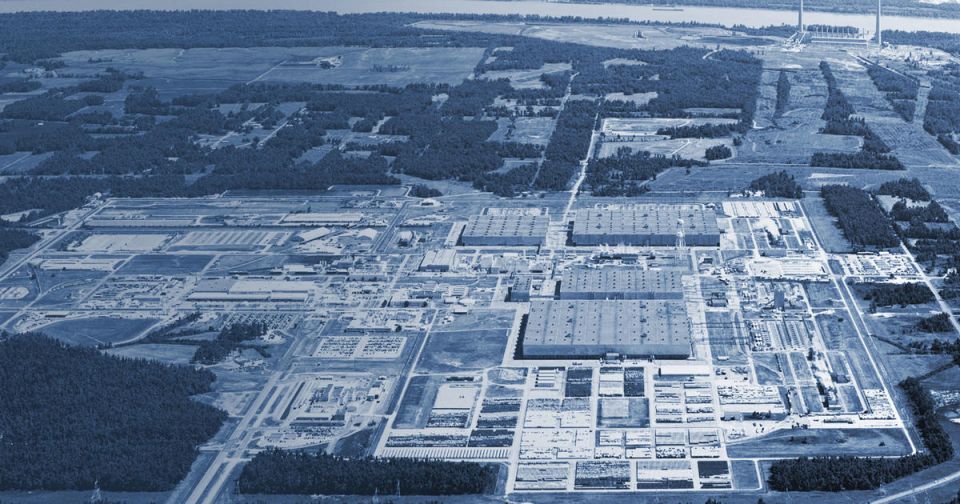A better search: Improving public access to the NRC’s ADAMS document database

The Nuclear Regulatory Commission hosted a public meeting yesterday to gather comments on its web-based ADAMS (WBA) system—a public document search tool introduced in 2010. It’s a tool that novice users find daunting and frequent users find frustrating, whether they’re searching for a single document or for thousands of documents on a single topic.
The NRC plans to replace WBA with a new “ADAMS Public Search,” and yesterday’s online meeting served to solicit comments from users on what the new interface should offer. It’s not clear when the NRC will have a new search function ready for public use, but when they do, it could be informed by the AI-enhanced search tools that private companies are developing and marketing right now.
What has to change: Arathi Dommeti, the technical project lead on the WBA replacement project, gave a presentation on the NRC’s initial plans before the meeting was opened to public questions and suggestions for improvement. She also shared known challenges with WBA—likely preempting some comments from attendees.
For starters, WBA is limited to displaying the first 1,000 records matching the search criteria, and it can leave users in the dark about the total number of results for their search criteria, Dommeti said. And for novice users, “It sometimes becomes challenging for them to know where to get started and how to go about the search screens.” When it comes to the results of a search, “These are not always accurate,” Dommeti said, explaining that sometimes, “based on the search criteria that you provide and the way the index provides the results back, you will not be able to find the documents you're looking for in the top list.”
The frequent users of ADAMS in attendance shared what they are looking for in a replacement to WBA, including:
- A tool to filter results by company or project name, or by other attributes.
- The ability to search text within documents, not just document titles.
- The ability to do a direct search by alphanumeric “accession number” to quickly access a known document.
- A clear indication when a particular document is not accessible because it is withheld from public view.
- Colors or icons to differentiate between the many different document types.
Planned improvements: The NRC staff have a new, internal search tool that could help Dommeti and her colleagues in the NRC’s Office of the Chief Information Officer create the improved public option. “We have used this technology in developing our internal search application and the results have been phenomenal, and therefore we are very much looking forward to bringing this new modernized search application to the public users as well,” Dommeti said.
The technology Dommeti refers to includes “cognitive search technologies,” and the new tool has a “human-centered design approach,” Dommeti said. The goal is for “any user, whether they are new or advanced, to know immediately [from] the home page how exactly they can put in keywords to search, where can they go to perform certain actions, and so on.” That, she said, will result in a better user experience, improved accuracy, and faster performance.
What about AI? The NRC’s ADAMS—short for Agencywide Documents Access and Management System—contains public document libraries with more than 52 million pages of regulatory guides, inspection reports, and more. That data is open to the public, whether the public uses WBA; walks through the door of the Public Document Room in Rockville, Md.; or leverages technology to come up with a better option.
Such tech-savvy individuals—and companies—with an interest in more efficient searches can use the ADAMS APIs (application programming interfaces) to create custom searches and can use other applications to access the information. Recently, companies including Atomic Canyon and Nuclearn.ai have been developing and marketing their tools to parse precedents for companies that hope to license new nuclear power plants.
Basia Sall, chief data officer for the NRC, confirmed during the webinar that the NRC is prepared to interact with AI developers. “We are currently engaging with several of those startups to really learn how they’re working with our data in ADAMS to ensure that we provide open data to those folks, and we will be having some additional interactions and discussions with what they’re learning so that we can also learn as well and sort of grow in this AI environment together,” she said. “We are engaging with our office of research to gain additional insight into the work they’re doing.”
A Policy Issue paper prepared by the NRC staff and published on April 25—Advancing the Use of Artificial Intelligence at the U.S. Nuclear Regulatory Commission (SECY-24-0035)—describes how the NRC is shifting toward the effective use of AI technology: “Over recent years, the NRC has been actively preparing the agency to support AI technology and implementing it to enhance specific IT tools. . . . One of the initial steps was digitizing agency records, converting over 1.3 million records (equivalent to 43 million images) from 1979–1999 into digital format using AI-based computer vision. These records are now accessible via ADAMS, opening new possibilities for leveraging historical data alongside recent information for training AI models. . . . More recently, the NRC used AI-powered cognitive search technology to create an enhanced ADAMS search engine, significantly streamlining search processes for the staff. This project offered valuable insights into practical uses of available AI tools.”
For AI, training is essential: Atomic Canyon introduced “Neutron” in March as a “custom-built AI search platform for the nuclear energy sector.” Just last week, Atomic Canyon announced that the Frontier supercomputer at Oak Ridge National Laboratory would help the company train its AI model on 52 million pages of publicly available documents. That model will utilize sentence-embedding algorithms to convert text into numerical representations to “allow AI to grasp nuclear terminology and accurately discern information.” This “deeper understanding” would help prevent AI “hallucinations” and biases during search and data analysis, according to Atomic Canyon.





